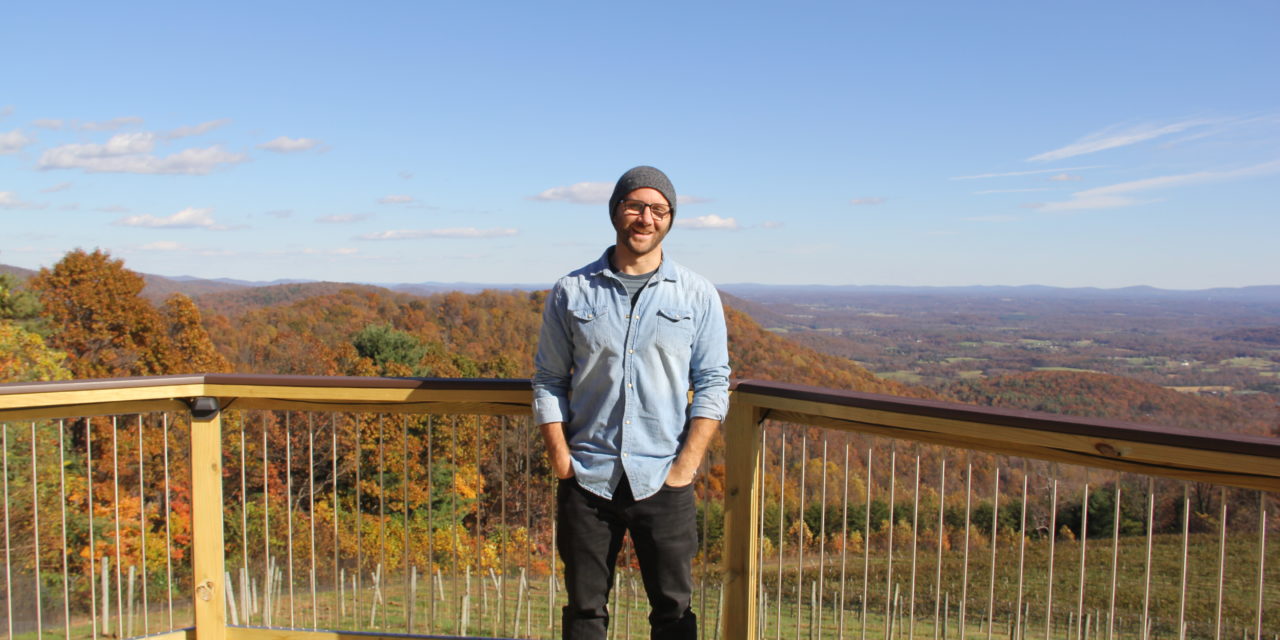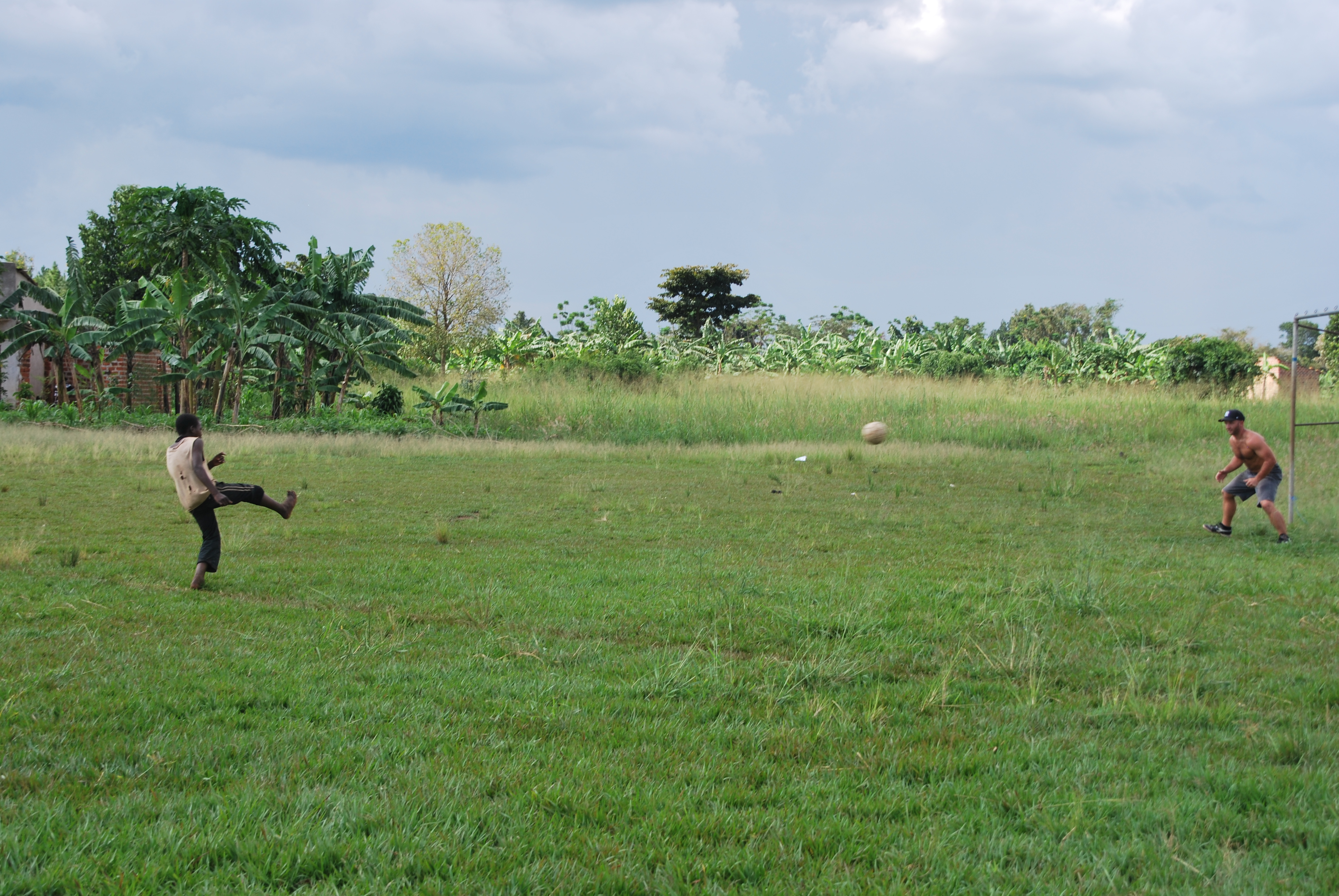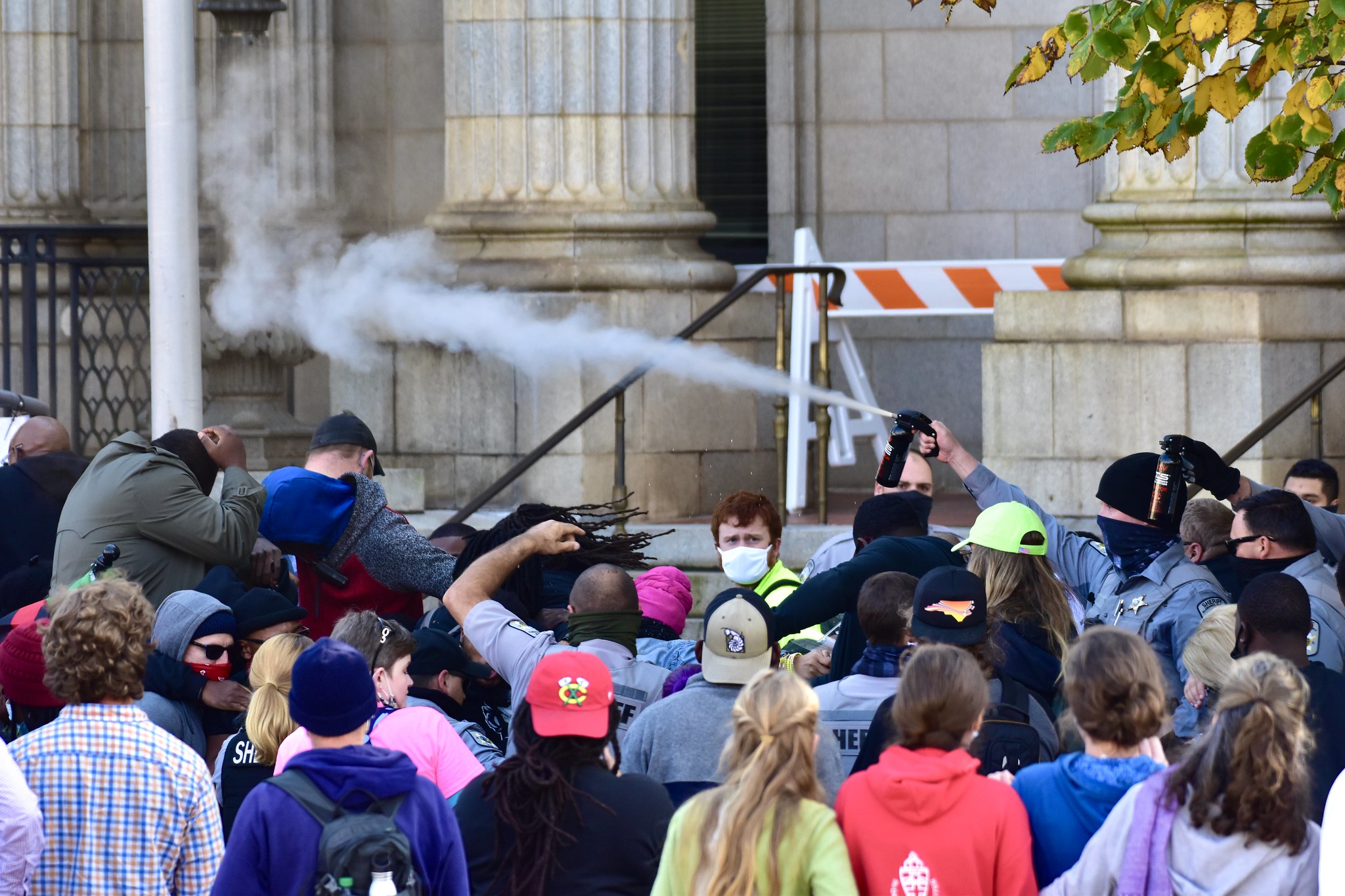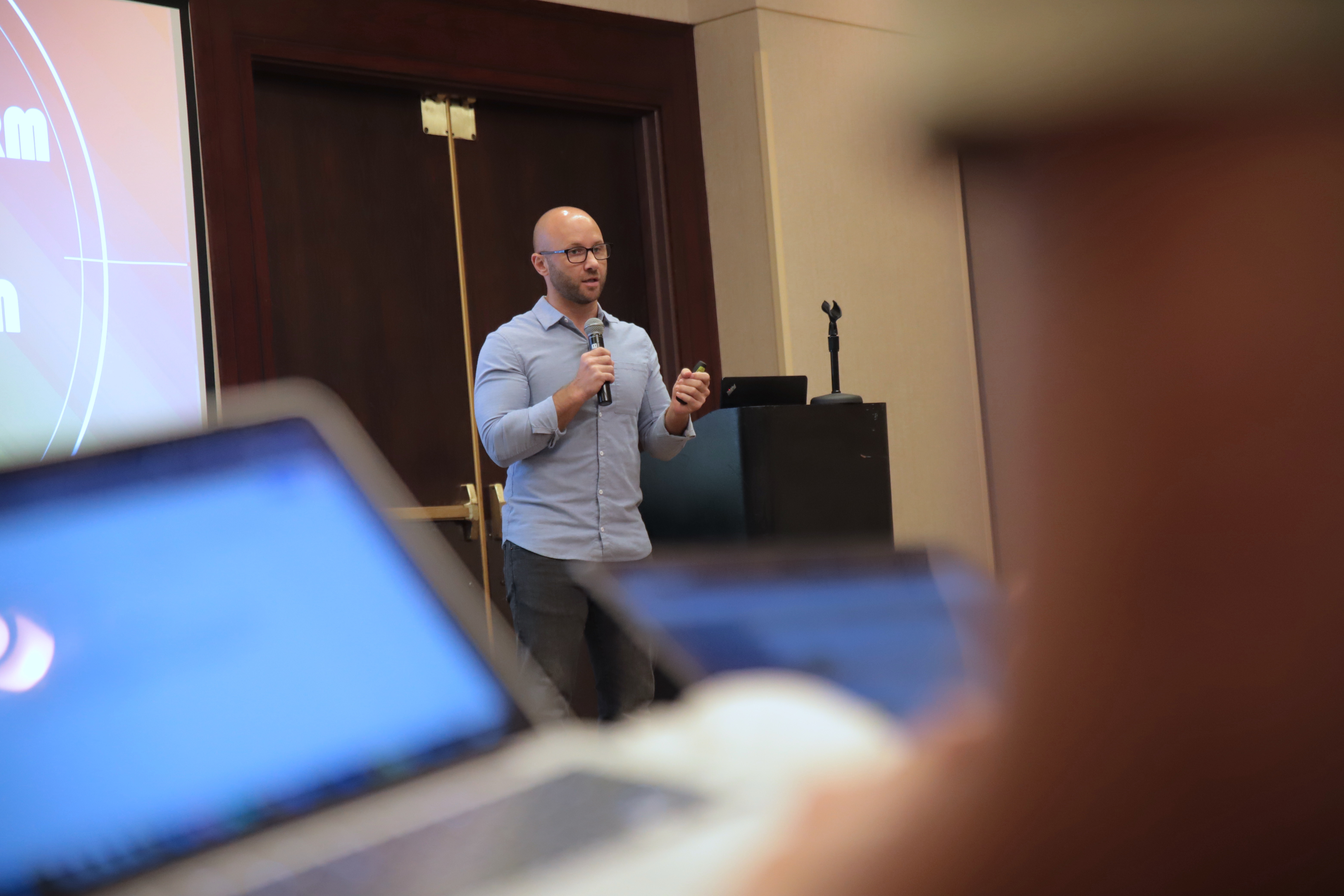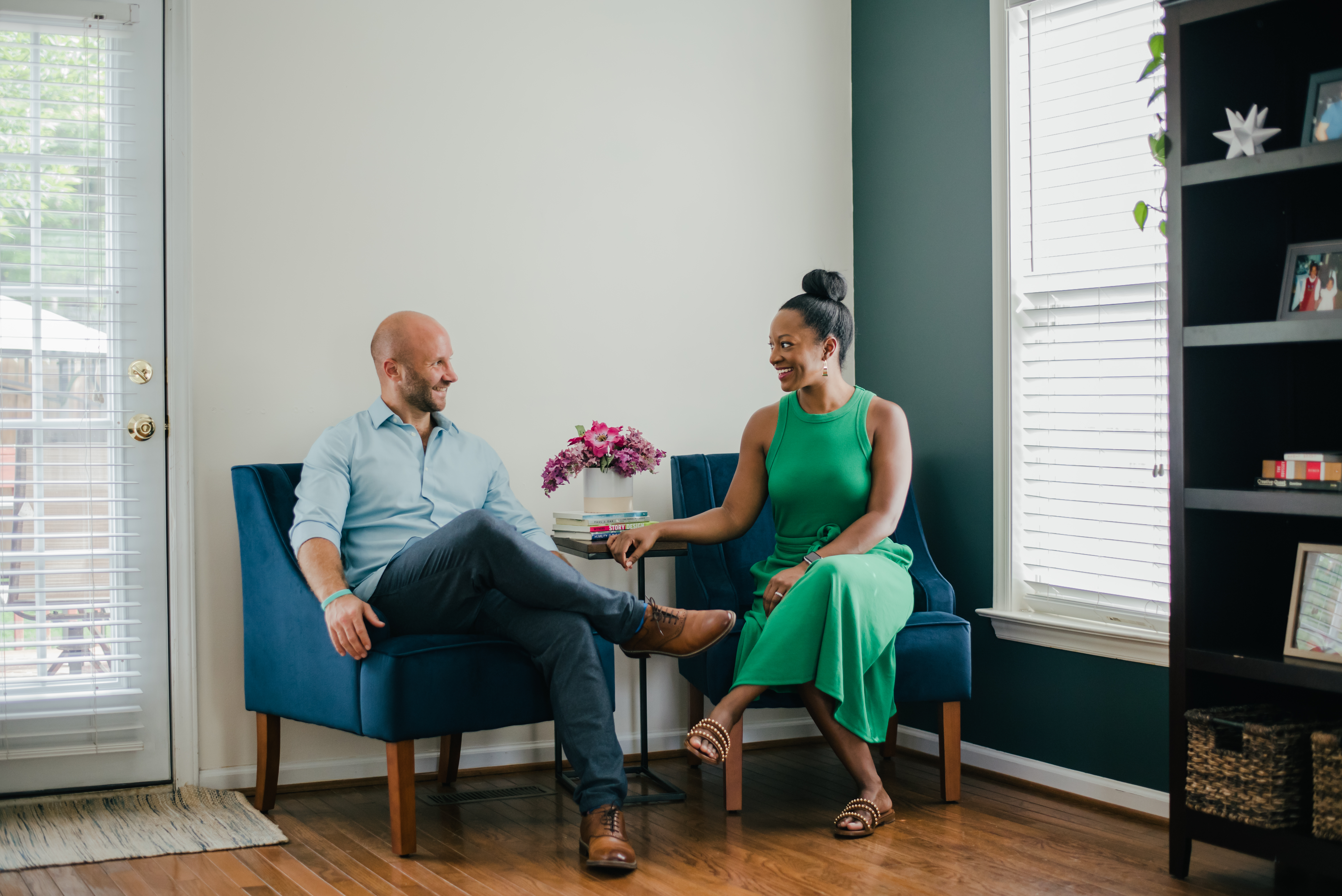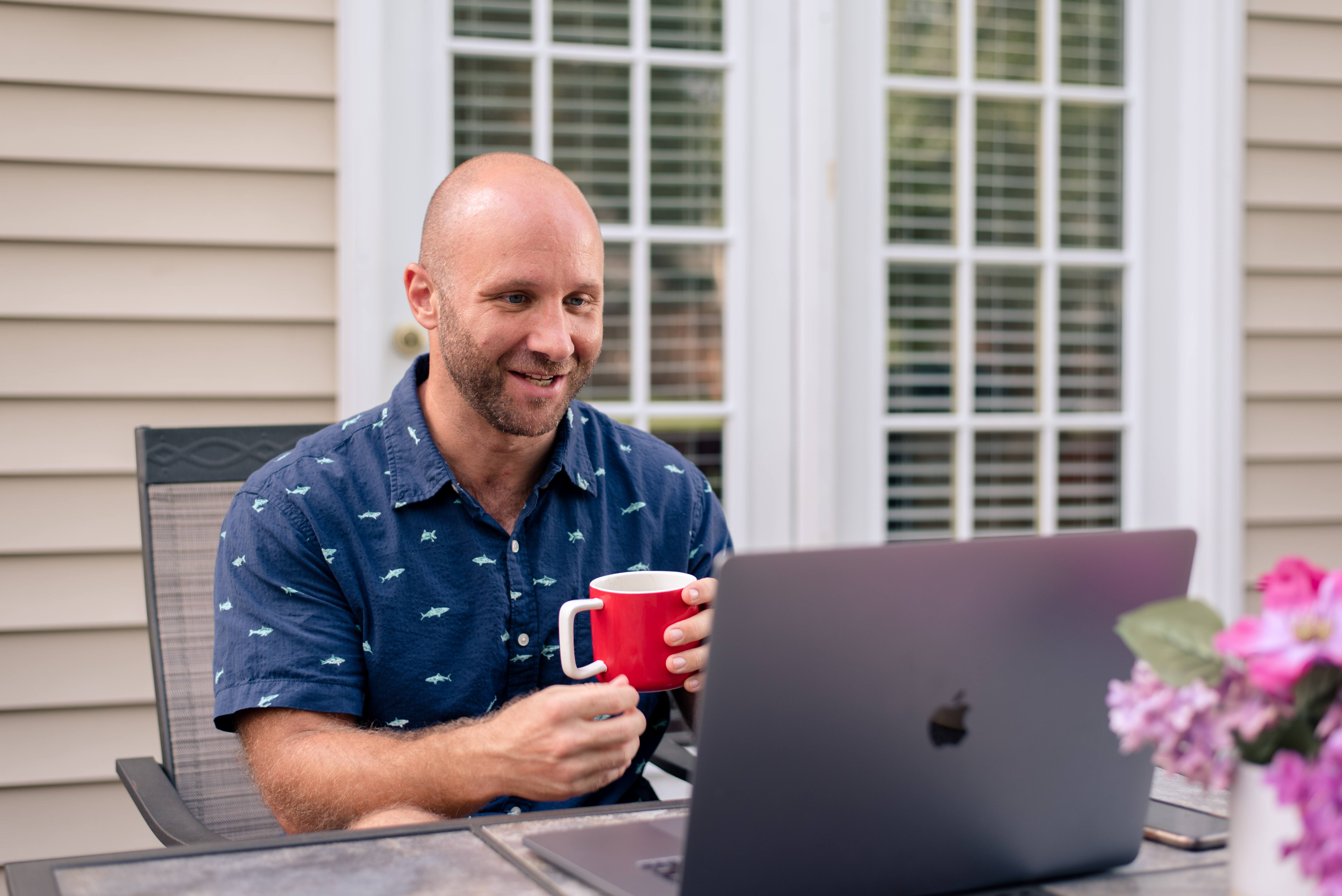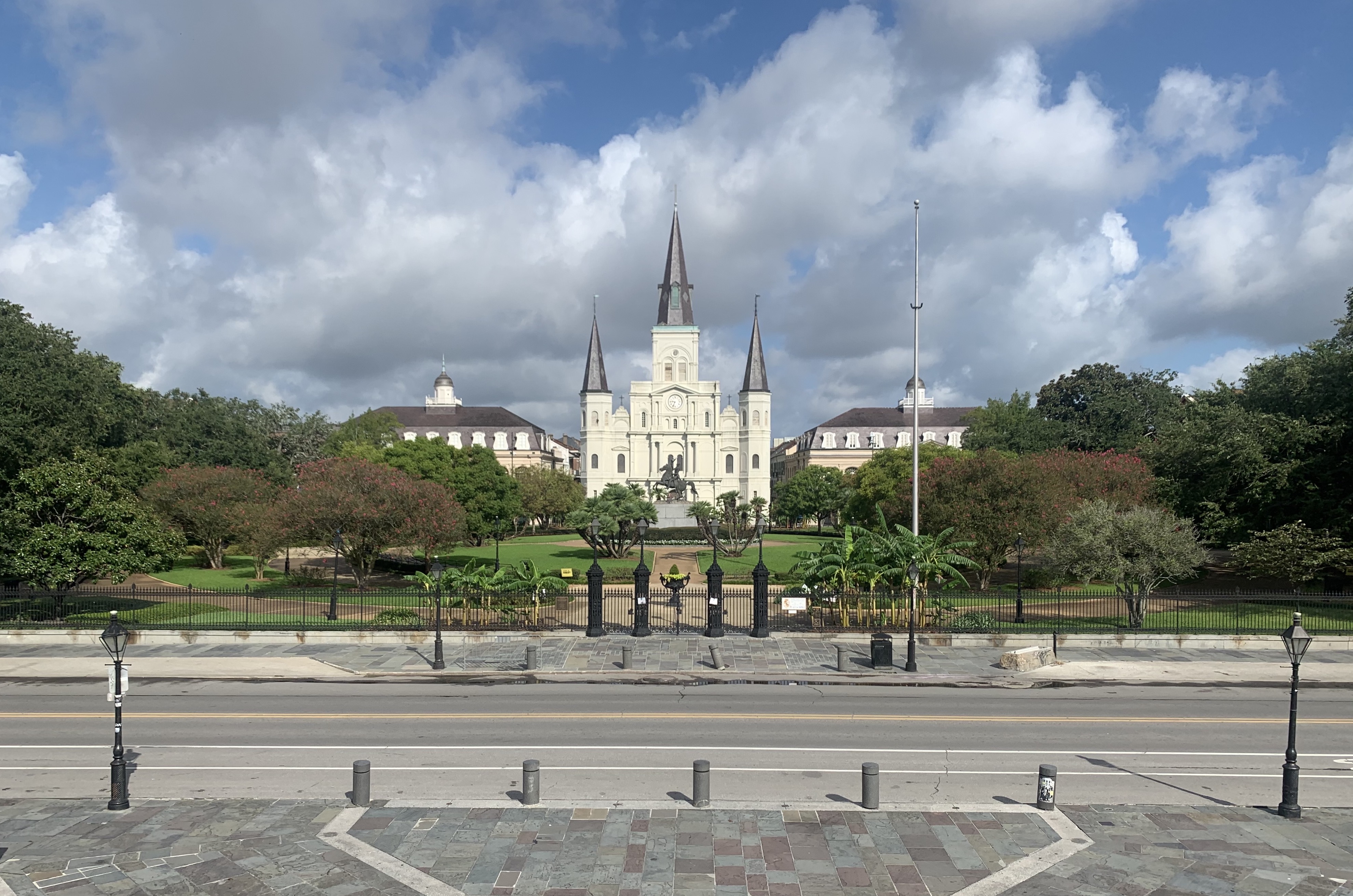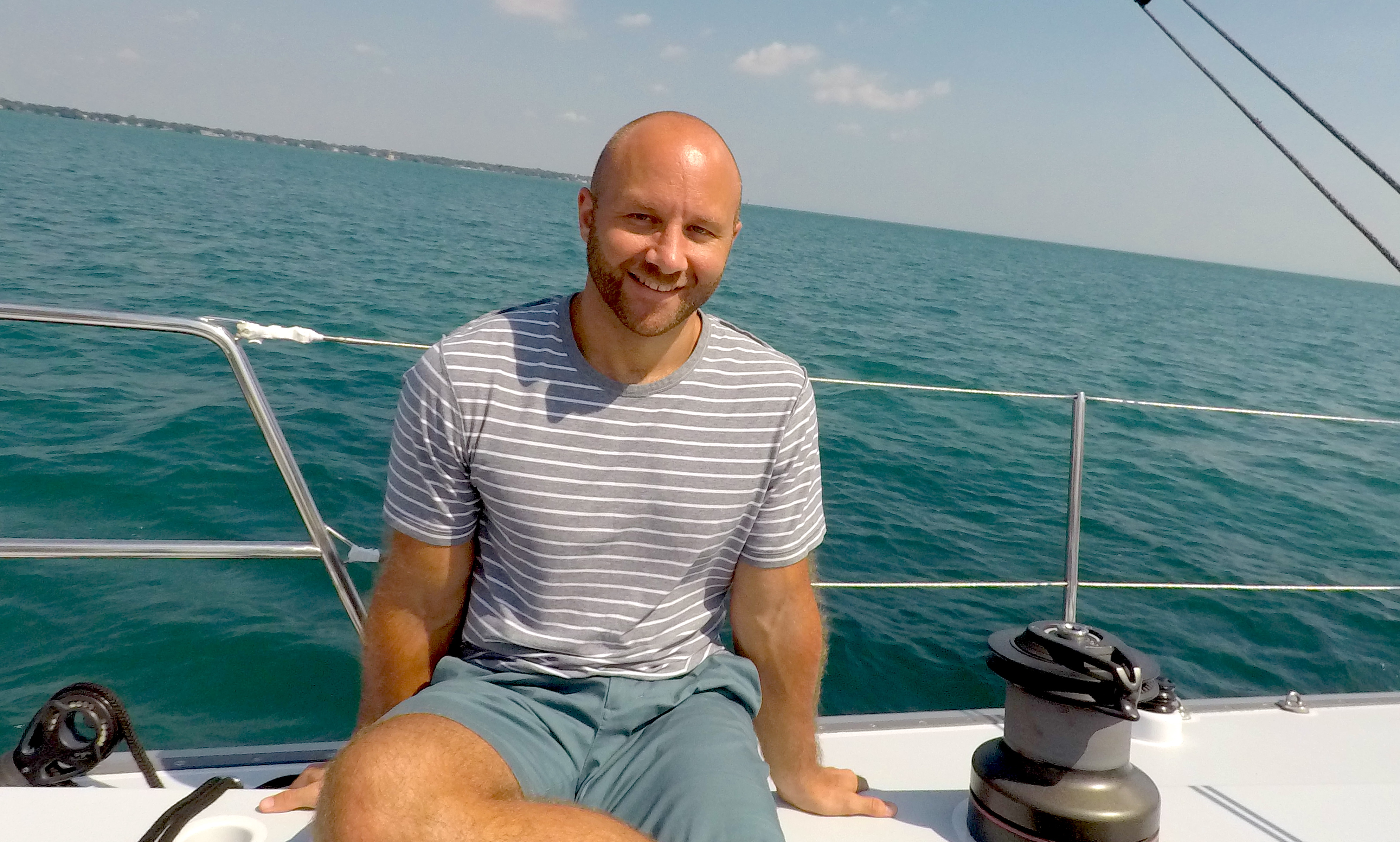Early this morning I chatted with my friend about anxiety and stress.
She was going through a tough time, finding out that she had been let go from a job she loved and struggling to see the “silver lining.”
It was clear she was in pain and she admitted to being in a state of shock.
I thought about how I could help her and fortunately (or unfortunately?) I didn’t have to look too far back in my own life.
This summer was full of stress for me.
I’m still building a new business and for about six months this year, my work slowed down a lot — almost to a halt sometimes. Projects in the works were delayed, prospective clients were taking forever to get back to me, and finding the right connection just wasn’t happening.
This is a part of any business. There are ebbs and flows. But it just came at a time when I was also renovating a house I rent out in Chapel Hill (which meant I was dumping money into it, but receiving zero income from it). Plus I had lost a tertiary source of income when the studio I taught classes at closed in June.
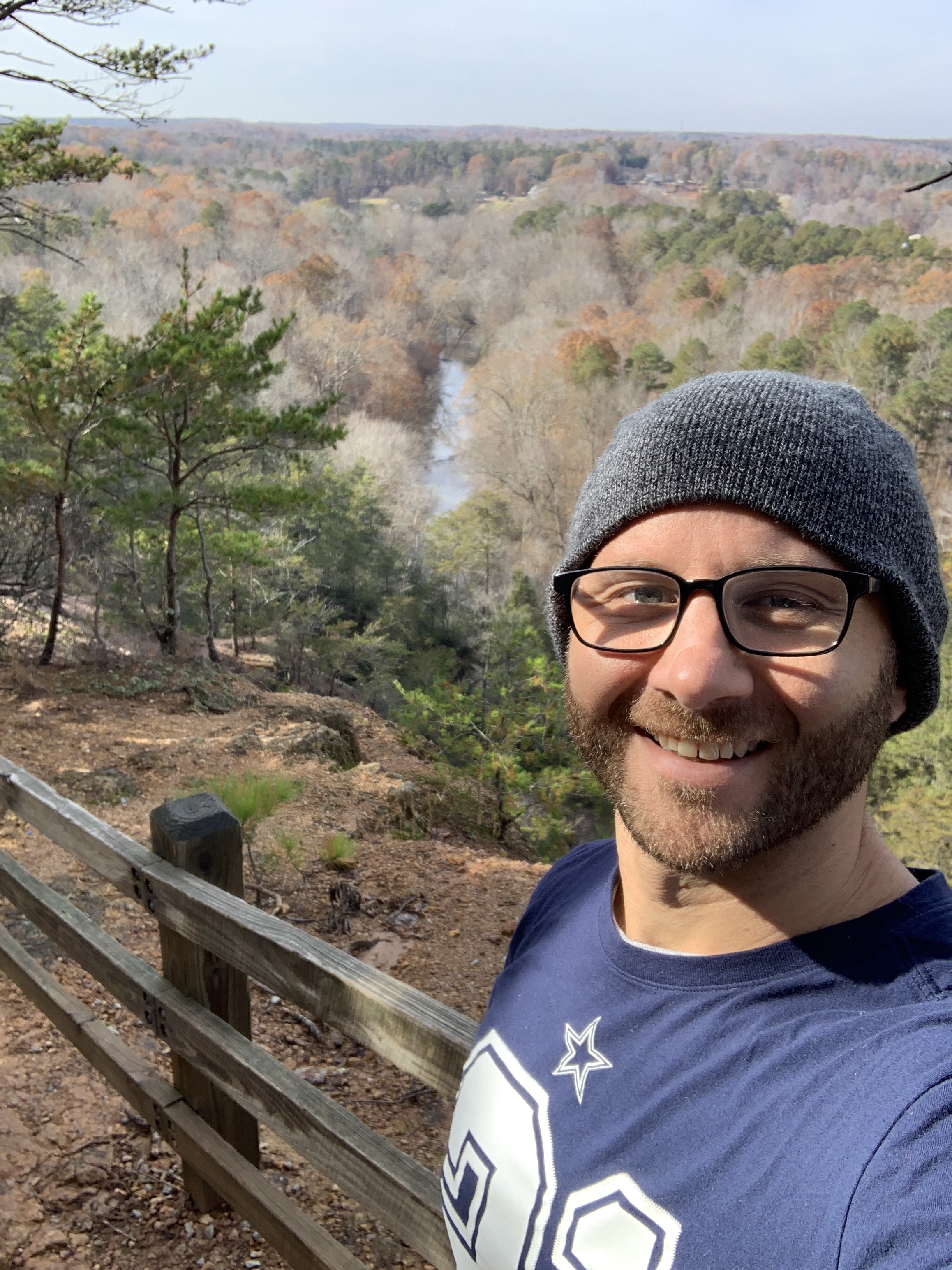 It was a financial triple whammy, and we all know nothing sends us into a stress storm like financial worries.
It was a financial triple whammy, and we all know nothing sends us into a stress storm like financial worries.
So I told my friend what I did to combat it.
There are easy antidotes that we all know, like exercise (a truism for a reason), which has been scientifically proven to help reduce stress by releasing endorphins. Also, it makes us focus on the task at hand, and I find that to be just as helpful.
What also helps is reaching out, spending time and connecting with friends and family. Spending time with those we care about puts us in a positive state and also takes the focus off of our individual stories. We can learn from people, we can share with them, and we can feel the love in return.
I did this recently by taking a half-day with one of my closest friends and colleagues to simply eating lunch together and going to the movies during a weekday. It’s so easy, especially as an artist or entrepreneur, to get lost in our work and distance ourselves from people. But making time for those connections is paramount.
Secondly, I started taking hikes. This definitely incorporated the exercise component, but to me it’s much more about being in nature and away from technological distractions. Something about reconnecting with the earth and the trees is transformative.
Last month in Portland I took two hours to just wander the Marquam Trail and it was the perfect reset I needed. I felt like a kid again. When I’m home, I go to Occoneechee Mountain — an 800 foot high mountain hidden away in Hillsborough. If I am able to strap my daughter to my chest and take her, then I am building a connection with her, touching nature, getting exercise, and getting to soak in a beautiful view of Orange County.
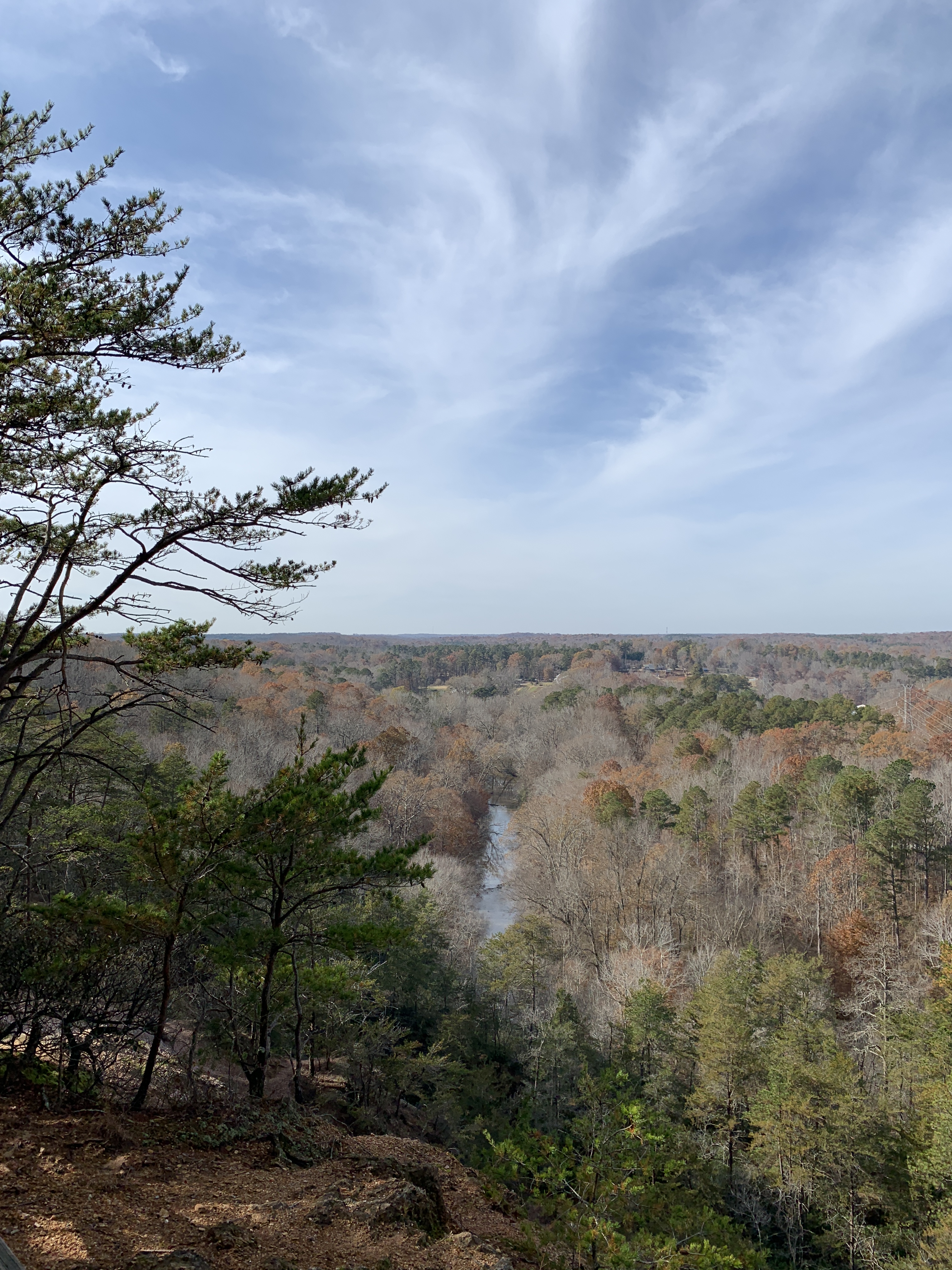 But what I told my friend had worked best for me lately was having a real gratitude practice.
But what I told my friend had worked best for me lately was having a real gratitude practice.
I’ve written about gratitude here before.
Most commonly, a “gratitude practice” means writing in a journal. Typically, people who use this strategy to start their mornings by writing three or so things that they are grateful for.
Writing “I’m grateful for family.” is too easy and vague. The best results come from thinking more specifically. Instead of “family,” taking the time to recognize that we can be grateful for the warm cup of coffee in our hands, the vehicles that drove us to the movies, or the fact that we can actually physically go walk up Occoneechee Mountain, help really put things into perspective.
It helps us recognize how many little things in our lives we take for granted.
I stopped using a gratitude journal, though. The best gratitude practice for me is visualization.
It’s not enough for me to just say what I’m grateful for in my head. I have to actually think about it and picture it in my mind like a movie. I genuinely place myself in the scene of a moment that makes me feel grateful.
For me, an easy one is picturing moments with my daughter. But it could also be remembering winning an award, or finishing a project, or collecting my first check for writing.
It could be remembering Christmas dinner with my family, or what it felt like to hug my dad, or that time my best friend got married and we all scream-sang Weezer’s “Say It Ain’t So” together.
 The key is to try to remember details as specifically as possible. Who was there? What did their faces look like? What were other sights and sounds going on at the time?
The key is to try to remember details as specifically as possible. Who was there? What did their faces look like? What were other sights and sounds going on at the time?
This will actually reset our minds (gratitude practices have also been scientifically proven) and set us back on a course where we can focus on positivity and therefore see positive results.
It doesn’t mean that the causes of our stress and anxiety magically disappear. It just means we can handle how we react to them much better and get back on the path of controlling our lives.
 Rain Bennett is a two-time Emmy-nominated filmmaker, writer, and competitive storyteller with over a decade of experience producing documentary films that focus on health and wellness. His mission is simple: to make the world happier and healthier by sharing stories of change.
Rain Bennett is a two-time Emmy-nominated filmmaker, writer, and competitive storyteller with over a decade of experience producing documentary films that focus on health and wellness. His mission is simple: to make the world happier and healthier by sharing stories of change.
You can read the rest of “Right as Rain” here, and check back every Wednesday on Chapelboro for a new column!

